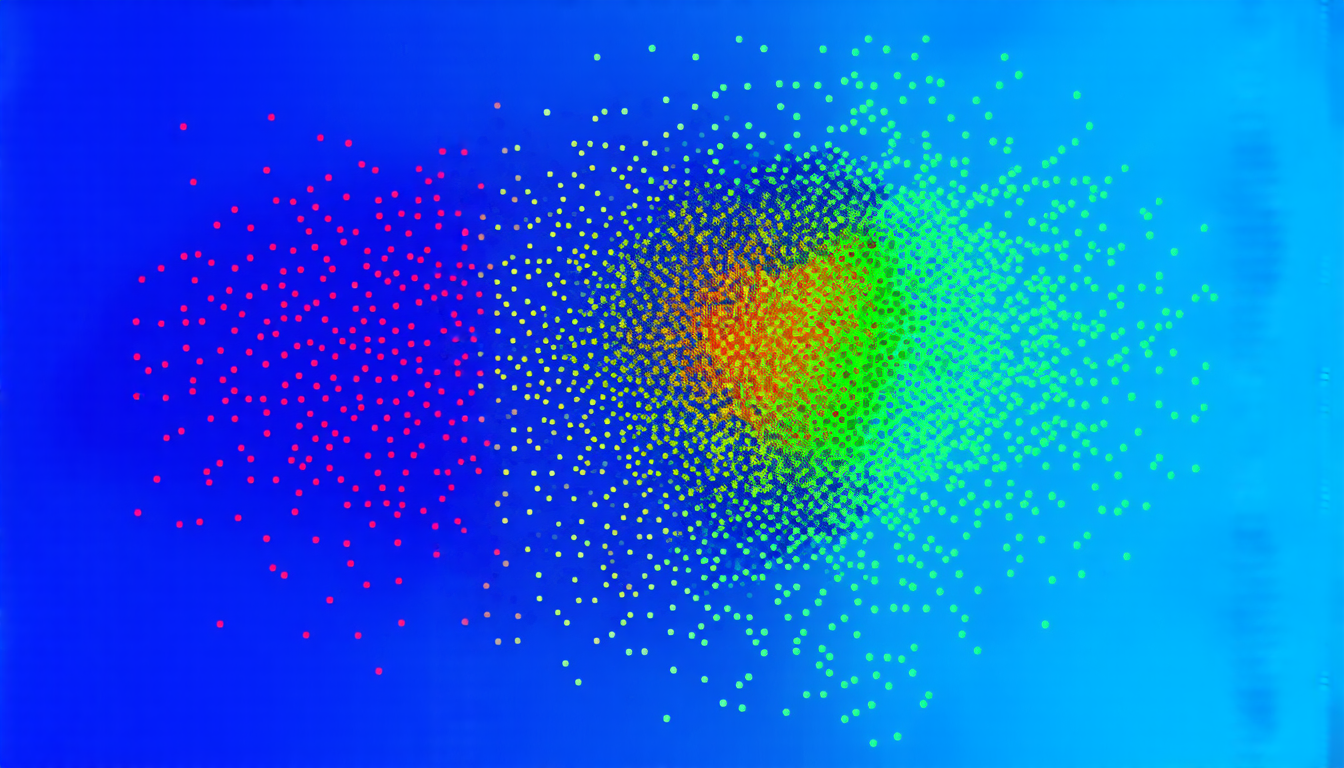Saturday 06 September 2025
Researchers have developed a new approach to clustering data that can identify unusual patterns and outliers in large datasets, which could have significant implications for fields such as medicine, finance, and environmental monitoring.
The traditional method of clustering data involves grouping similar observations together based on their characteristics. However, this approach has its limitations, particularly when dealing with noisy or contaminated data. Outliers, which are points that don’t fit the typical pattern, can significantly skew the results and lead to incorrect conclusions.
To address this issue, scientists have developed a new method that combines fuzzy clustering with robust statistics. Fuzzy clustering allows for observations to belong to multiple groups simultaneously, whereas traditional clustering methods force each observation into one group or another. Robust statistics, on the other hand, are designed to resist the effects of outliers and contaminated data.
The new approach uses an expectation-maximization algorithm to estimate the parameters of the fuzzy clusters. This algorithm iteratively adjusts the cluster assignments and the parameters of the clusters until a stable solution is reached. The robustness of the method comes from the use of a contamination level, which specifies the proportion of outliers that are allowed in the data.
The researchers tested their new approach on two real-world datasets: one related to obesity risk factors and another analyzing well-being across regions of the OECD countries. In both cases, the results showed significant improvements over traditional clustering methods. The method was able to identify unusual patterns and outliers that were not apparent using traditional approaches.
One of the key advantages of this new approach is its ability to handle noisy data. By allowing for a certain level of contamination, the algorithm can effectively ignore outliers and focus on the underlying structure of the data. This makes it particularly useful for applications where data quality is uncertain or incomplete.
The implications of this research are far-reaching. In medicine, for example, the method could be used to identify patient subgroups with distinct characteristics that may not be apparent using traditional clustering methods. Similarly, in finance, the approach could help identify unusual patterns in financial transactions that may indicate fraud or other types of manipulation.
In environmental monitoring, the method could be used to analyze large datasets from sensors and other sources, identifying unusual patterns that may indicate changes in climate or ecosystem health.
Overall, this new approach offers a powerful tool for data analysts and researchers, allowing them to uncover hidden patterns and insights in complex datasets. By combining fuzzy clustering with robust statistics, scientists can develop more accurate and reliable models of the world around us.
Cite this article: “Uncovering Hidden Patterns: A New Approach to Clustering Data”, The Science Archive, 2025.
Clustering, Data Analysis, Fuzzy Clustering, Robust Statistics, Outliers, Pattern Recognition, Noise Reduction, Contamination Levels, Expectation-Maximization Algorithm, Machine Learning







